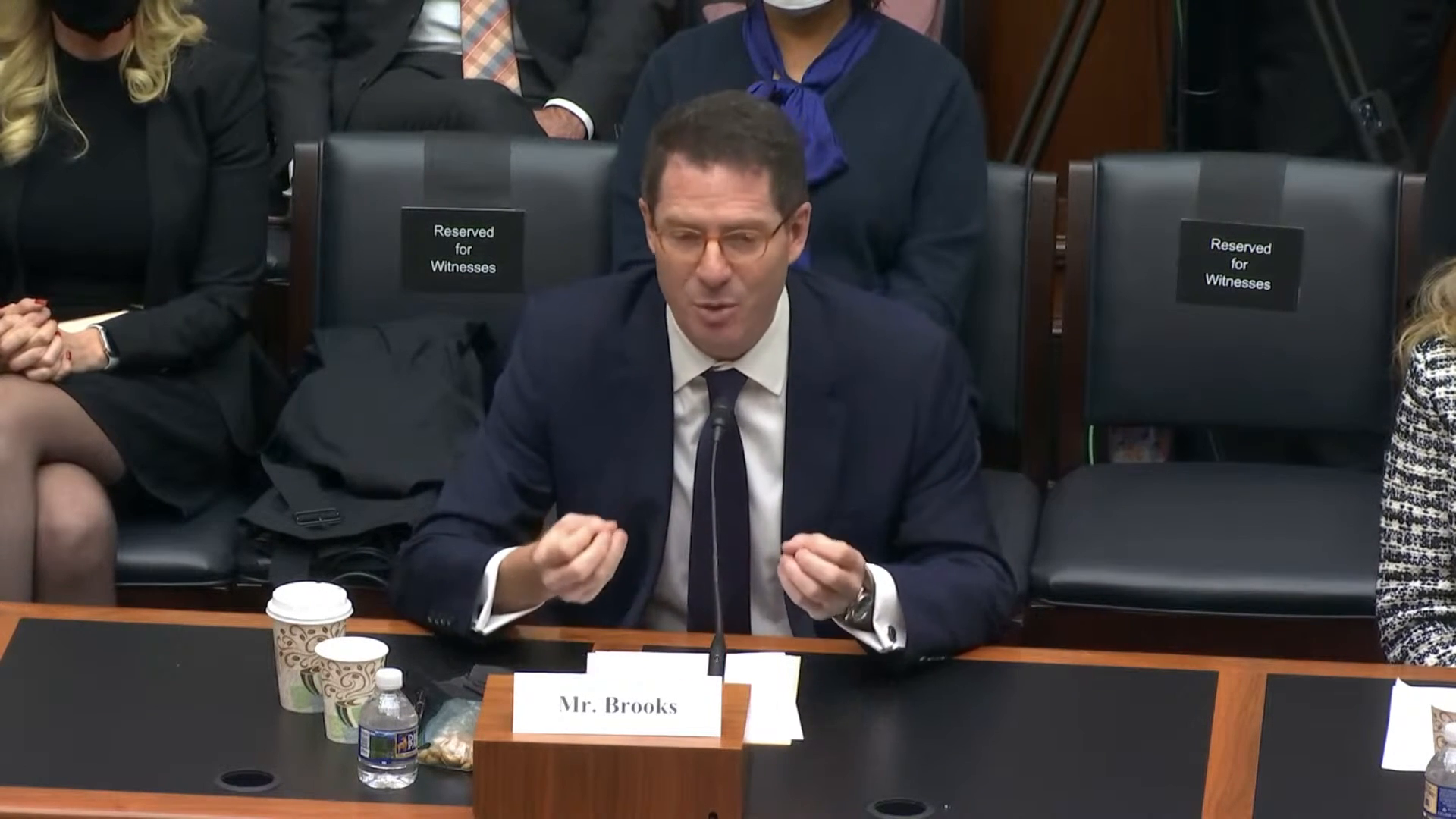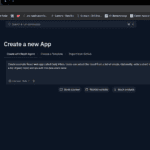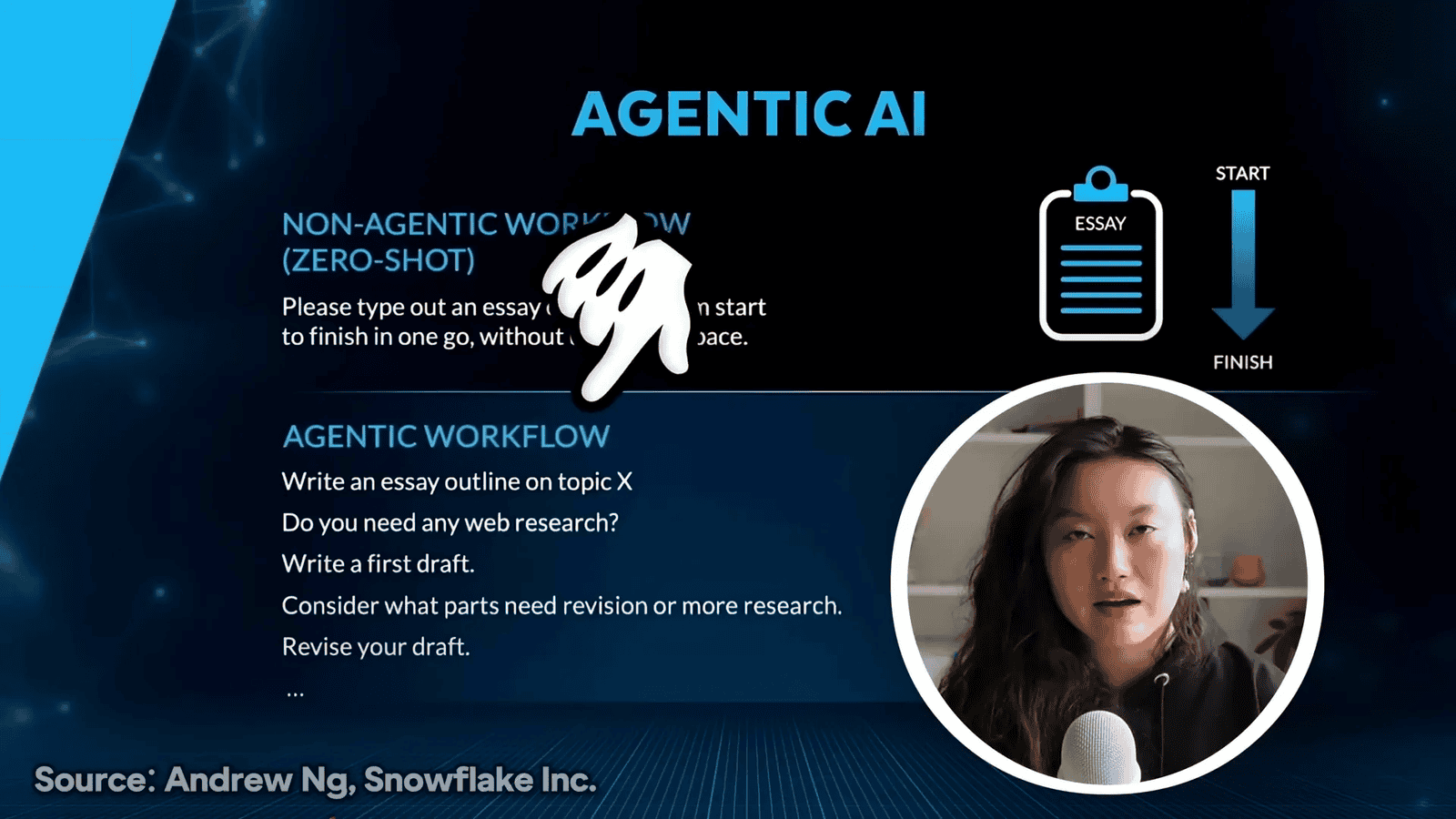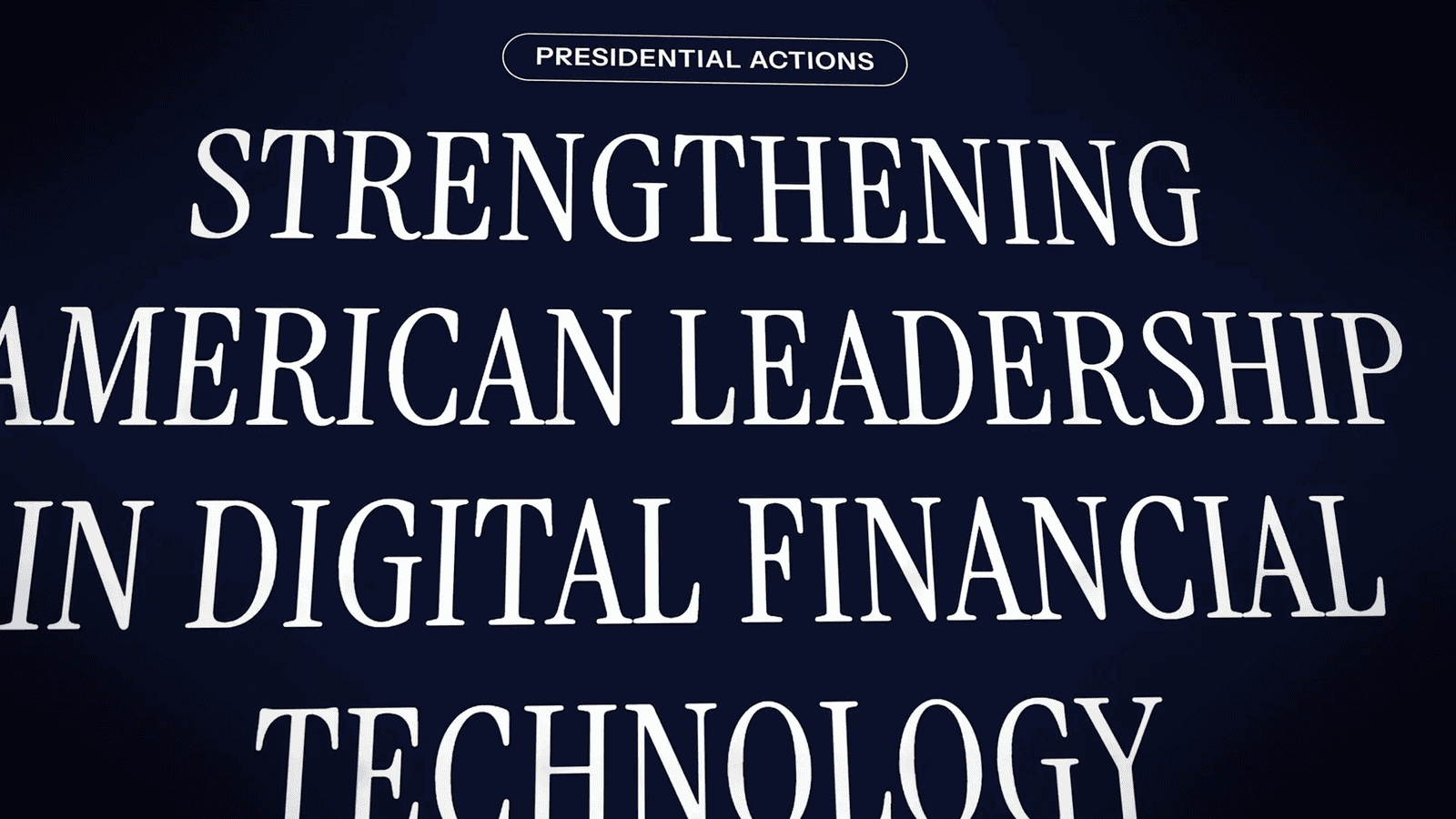The Evolution of the Internet: From Read-Only to Interactive
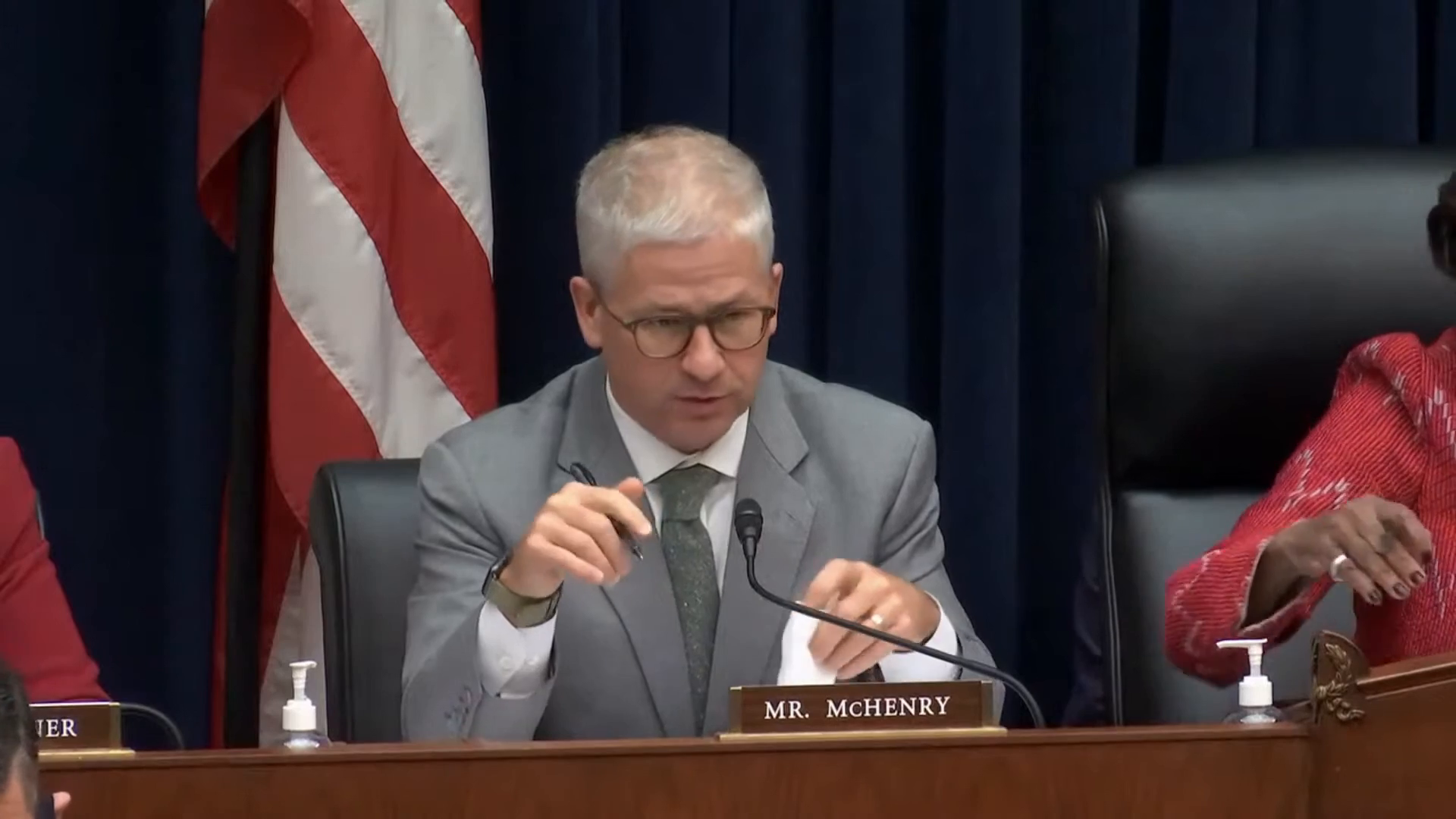
The Internet has undergone a remarkable transformation since its inception. Initially, it was a read-only format, primarily used for consuming information. Users could access and read content, but there was limited interaction or contribution.
“Let’s talk about where the Internet was, where it’s come to, where it’s going.”
This early stage of the Internet laid the foundation for what would come next. With the advent of new technologies and platforms, the web evolved into a more interactive space. Users began to engage with content, create their own, and participate in online communities.
However, despite this increased interactivity, there was also a trend towards centralization during what we refer to as Web 1.0 and Web 2.0. Large corporations started controlling significant portions of online content and user data.
“Originally, the Internet was a read-only format, in essence.”
“It became much more interactive but much more centralized in Web one, Web two.”
As we stand on the brink of another evolution with Web 3.0, there is a push towards decentralization and user empowerment. This next phase promises to redefine how we interact with digital content and who controls it.
The ongoing changes in the digital landscape are crucial for policymakers to understand as they shape regulations that will impact future technologies.
Understanding Web 1.0 and Web 2.0
In the journey of the Internet’s evolution, understanding the transition from Web 1.0 to Web 2.0 is crucial. These phases mark significant shifts in how content is consumed and created online.

Characteristics of Web 1.0
Web 1.0, often remembered with nostalgia for those who had original AOL accounts, was akin to a “curated walled garden.” In this era, content was non-interactive and presented in a manner similar to traditional media, like magazines such as Time, where articles were selected for the audience without any possibility for interaction.
“The characteristic of web one, if people remember their original AOL account, was an ability to look in a curated walled garden at a set of content that was not interactive but was presented to you on AOL the way that Time magazine used to show you the articles they wanted you to see inside of their magazine.”
Emergence of Web 2.0 and User-generated Content
The advent of Web 2.0 brought a revolutionary change: users could now not only consume content but also create it. This era saw the rise of interactive platforms where user-generated content became the norm.
“The innovation of web two was that suddenly you could not only read content, but you could also write content.”
This shift led to the explosion of blogs and later social media platforms, marking a vibrant shift from static pages to dynamic user engagement.
Centralization by Major Companies
Despite the democratization of content creation in Web 2.0, this era also saw significant centralization as large companies monetized user activity on these platforms.
“The reason for the centralization of the Internet, of course, was that all of that activity was being monetized by a very small number of companies.”
Companies like Google and Facebook became dominant players, capitalizing on this new wave by controlling vast amounts of data and user interactions.
The Rise of Web 3.0 and Decentralization
The evolution of the internet has brought us to the doorstep of Web 3.0, a transformative phase characterized by decentralization and user ownership. What sets Web 3.0 apart is “the ability to own the actual network.” This shift is enabled by crypto assets, which represent ownership stakes in underlying networks.
“What makes web three different is the ability to own the actual network.”
In previous internet iterations, such as Web 1.0 and Web 2.0, control was largely centralized in the hands of a few major companies like Google. These companies managed network services, including ledger maintenance and computing power. However, Web 3.0 introduces a paradigm where individuals, even those in smaller communities like Pueblo, Colorado, can own networks like Ethereum.
“That’s what the project of crypto is all about, is allowing people to directly own the networks…”
In this decentralized model, token holders have control over assets, shifting power away from corporate giants to individuals. This marks a significant departure from earlier models where ownership was limited.
The decentralization inherent in Web 3.0 not only democratizes network control but also fosters an environment where native assets support these networks effectively.
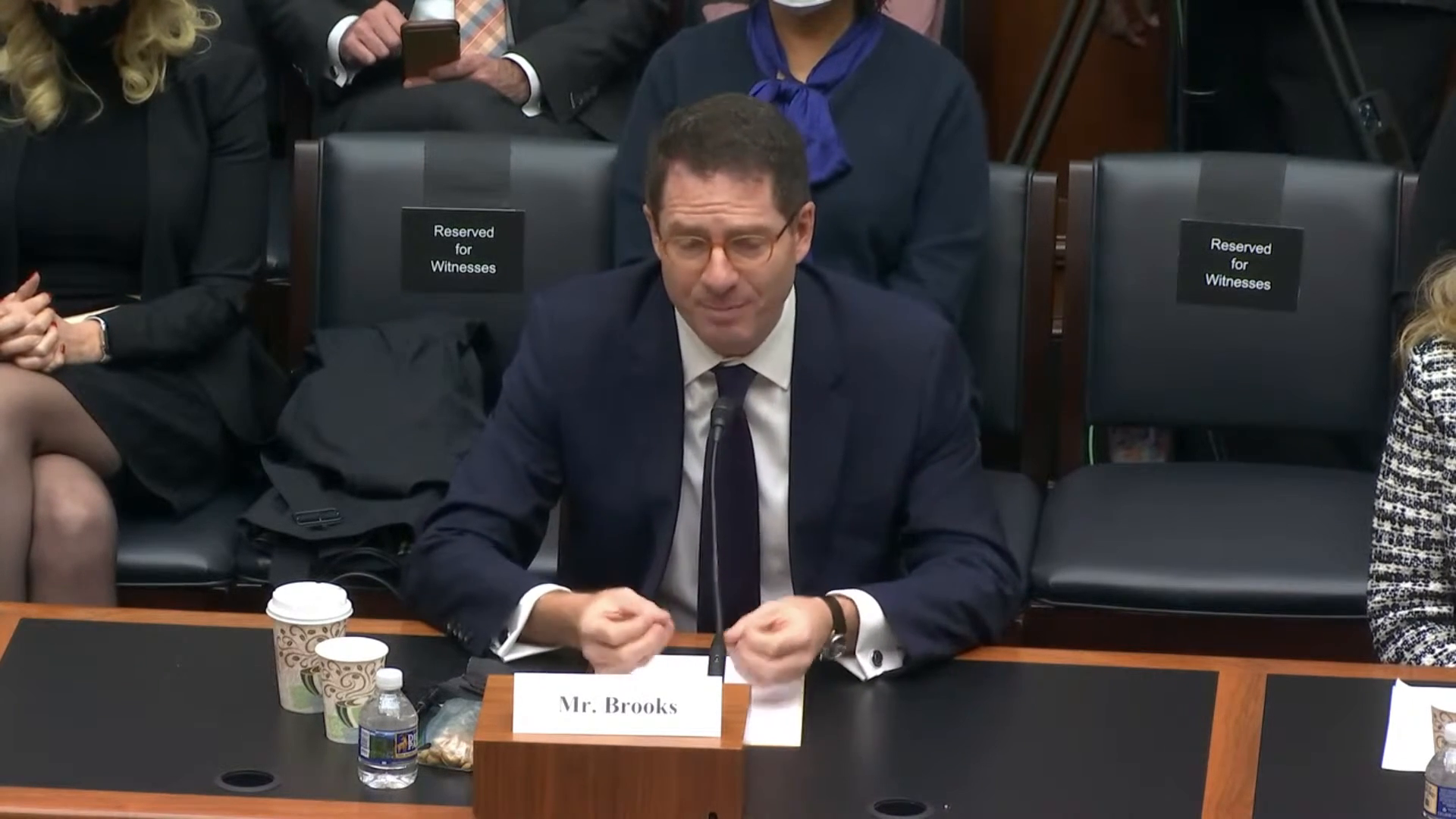
Digital Assets and Their Role in Web 3.0
Digital assets are at the forefront of the Internet’s latest evolution, known as Web 3.0. These assets serve as the keys that unlock participation in this new digital landscape, fundamentally altering how individuals interact with and leverage the Internet.
Describe to us how those digital assets fit into this Internet revolution, Web three.
In essence, digital assets are categorized into two main types: application layer tokens and protocol layer tokens. Application layer tokens are akin to the applications on your smartphone, relying on the underlying network to function. Protocol layer tokens, on the other hand, form the core infrastructure of blockchain networks.
Consider Bitcoin as a prime example of a protocol layer token. Bitcoin miners receive Bitcoin as a reward for maintaining and operationalizing the network, giving them ownership of a portion of the Bitcoin blockchain. This ownership is crucial for ensuring network security and efficiency.
Ethereum provides another illustrative case. The ether token represents an ownership stake in Ethereum’s network infrastructure. This network hosts a myriad of applications that operate similarly to smartphone apps but are built directly on Ethereum’s blockchain.
Investors evaluate these networks in much the same way they might analyze traditional stocks like Google. People invest in network tokens based on their potential for growth and scalability within Web 3.0’s decentralized framework.
The Bitcoin is the reward I receive for doing the work to keep the network operational.
Moreover, these investments empower individuals with voting rights within proof-of-stake networks, allowing them to influence future developments and directions.
The real message here is that what happens on the decentralized Internet is decided by the investors.
Digital assets thus not only represent financial investments but also participatory stakes in shaping and maintaining decentralized networks like Bitcoin and Ethereum within Web 3.0’s expansive ecosystem.
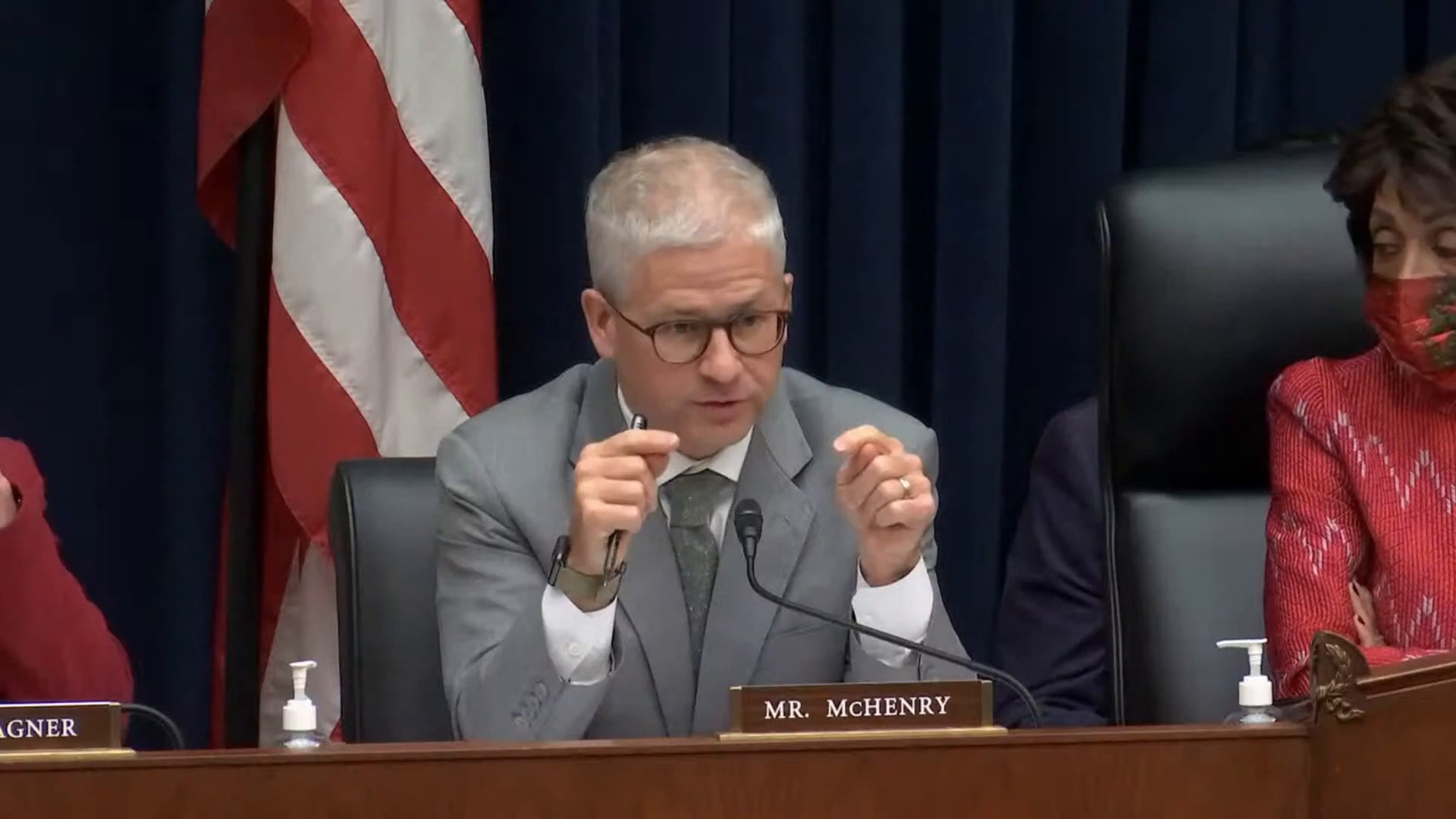
The Importance of Understanding Web 3.0 for Policymakers
The emergence of Web 3.0 marks a transformative moment in the digital landscape, and its implications are vast and far-reaching. For policymakers, grasping the nuances of this new era is not just beneficial but essential. The decentralized Internet, characterized by the ability for investors to drive its direction, starkly contrasts with the centralized control seen in platforms like Twitter, Facebook, and Google.
“Getting this layer of digital assets right for congress to understand this, everything is built upon that.”
The economic impact of Web 3.0 cannot be overstated. With digital assets currently valued at an estimated three trillion dollars, the potential for growth and innovation is immense. This new suite of technologies promises not only economic benefits but also shifts in how networks are controlled—moving away from traditional big tech dominance to an owner-controlled model.
Policymakers must be vigilant in crafting laws that not only support but also regulate these emerging technologies. As these innovations continue to develop globally, the United States faces a pivotal decision: embrace and compete in this tech revolution or risk being left behind as innovation shifts offshore.
“It’s about three trillion dollars in notional value at this stage around the development of a whole new range.”
The need for updated laws and regulations is clear as these technologies reshape traditional structures and introduce new challenges and opportunities.
In conclusion, understanding Web 3.0 is crucial for policymakers who wish to stay ahead in global technological development. Ensuring informed decisions will determine whether advancements benefit society at large or are stifled by outdated frameworks.
